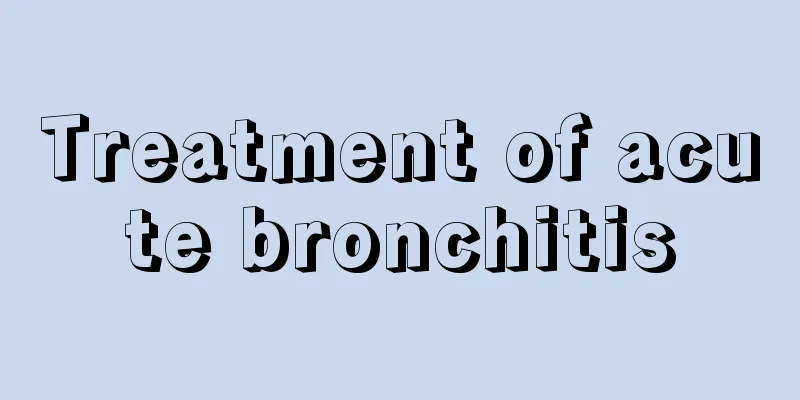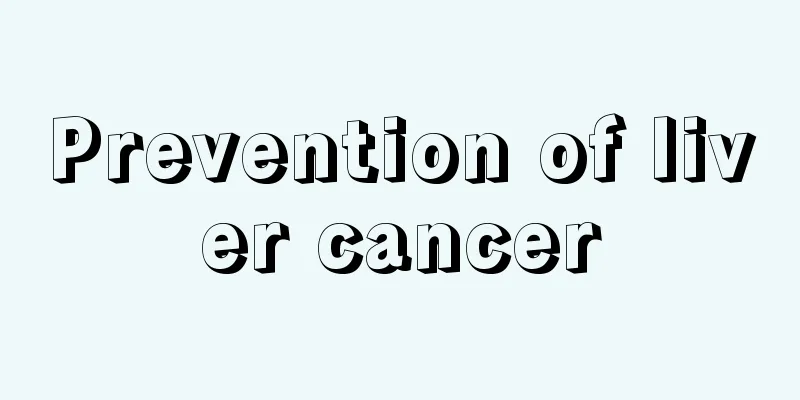Treatment of acute bronchitis

|
Acute bronchitis is an acute inflammation of the bronchial tree mucosa caused by biological or non-biological pathogenic factors. It is not related to chronic bronchitis, so acute bronchitis is the most common disease in life, accompanied by cough, nasal congestion, runny nose, hoarseness and other phenomena. So do you know what are the treatments for acute bronchitis? Let’s take a look at the most commonly used drug treatments. Acute bronchitis cannot be treated the same as chronic bronchitis because their causes are different, but its severity cannot be ignored either, because if it is not treated in time, it will lead to more serious symptoms and also threaten our health. Medication Generally, patients do not need hospitalization. Patients with underlying chronic heart and lung diseases who suffer from severe hypoxia or inadequate ventilation due to bronchitis caused by influenza virus may need to be hospitalized for respiratory support and oxygen therapy. Symptomatic treatment is mainly to relieve cough and expectorate. For patients with severe dry cough, antitussives can be used appropriately. For patients with long-term cough, codeine 10-30 mg, 4 times/day, or benzonatate 100 mg, 3 times/day can be used if necessary. When the sputum is large or sticky, expectorants can be used, such as ambroxol hydrochloride (Mucosolvan) 30 mg, 3 times/day, or bromhexine 16 mg, 3 times/day. For patients with a family history, if wheezing is found during physical examination, inhaled bronchodilators such as salbutamol (Ventolin) or terbutaline can be used, 2 sprays every 4 hours. When accompanied by bronchospasm, aminophylline or β2-receptor agonists can be used. Those with general discomfort and fever as the main symptoms should rest in bed, keep warm, drink plenty of water, and take antipyretics such as aspirin. Antibiotics should not be used routinely for cases where the pathogen is unknown. Blind use of antibiotics can lead to serious consequences such as the development of drug-resistant bacteria and superinfection. However, if the patient has fever, purulent sputum and severe cough, antibiotics are indicated. Patients with acute tracheobronchitis should be treated with antibiotics. Antibiotics against Chlamydia pneumoniae and Mycoplasma pneumoniae can be used, such as erythromycin, 1g per day, taken orally in 4 divided doses. Clarithromycin or azithromycin can also be used. For the elderly and those with underlying cardiopulmonary diseases, oral antibiotics such as macrolides, β-lactams or quinolones can be used. Mycoplasma pneumoniae, Chlamydia trachomatis, and Bordetella pertussis are very sensitive to erythromycin and doxycycline. The above is about the treatment of acute bronchitis. In life, most people face acute bronchitis mainly by controlling it with drugs. Of course, the so-called medication still needs to consult a more professional doctor and take the medication under the guidance of a doctor. Only in this way can the disease be treated safely and effectively. |
<<: Nursing of acute myocardial infarction
>>: Symptoms and treatment of gout in the feet
Recommend
How to store cooked crabs
Crab is a kind of seafood that many people like. ...
What are the benefits of sweatpants
Nowadays, many male friends have some health prob...
How about using traditional Chinese medicine to treat hamartoma
In addition to conventional drug treatment and su...
How much senna should be taken at one time?
Senna leaves are very effective in treating const...
What factors are related to the cure rate of stage 3a gastric cancer
What factors are related to the cure rate of stag...
Can intravenous drips be used to reduce inflammation in kidney stones?
There are many patients suffering from kidney sto...
Will thyroid cancer recur without chemotherapy?
Whether thyroid cancer will recur without chemoth...
What causes blood clots in the eyes?
Blood clots in the eyes are a concern for many pe...
What are the early symptoms of lung cancer? Early lung cancer will have these symptoms
Lung cancer is a relatively common malignant tumo...
The top ten classic junk foods include animal offal
Relevant health experts have advised people to be...
How long can you live with advanced pancreatic cancer
How long can you live with pancreatic cancer in t...
What is the best medicine for hydrocephalus
Whether it is hydrocephalus occurring in children...
The harmfulness of fruit cigarettes
Many people who are in the stage of quitting smok...
How to use hair cream better
The hair treatment we usually talk about can prev...
How to keep shrimp freshest
Shrimp is a delicious food with very high nutriti...









